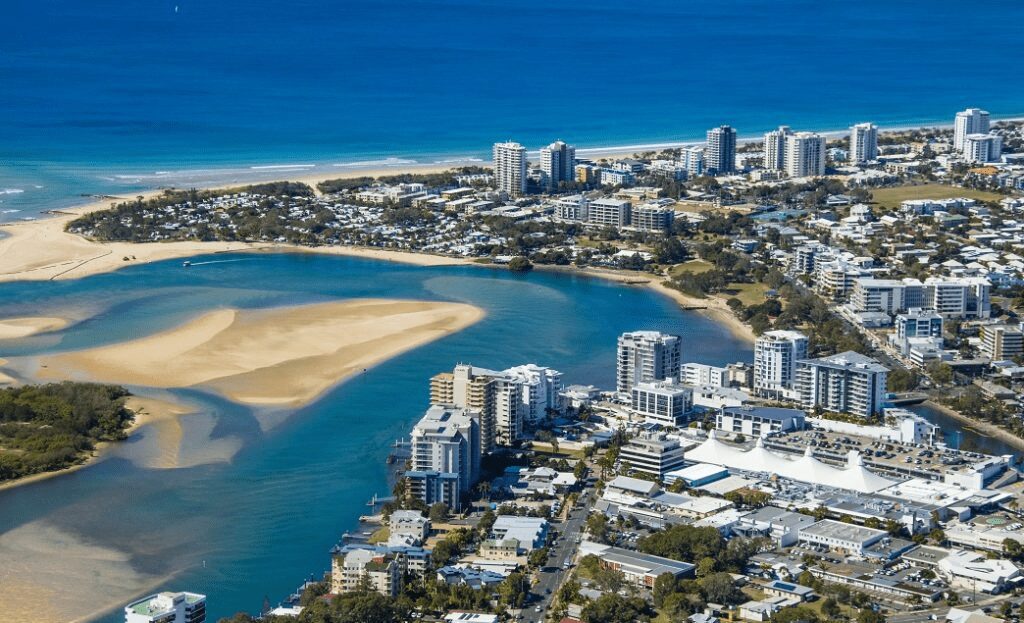
WATTSUP SOLAR & ELECTRICAL


Uninterrupted Power Supply (UPS)
Virtual Power Plant Ready (VPP)
South East Queensland Only
solar panels installation sunshine coast
Council is Australia’s first local government to offset its entire electricity consumption across all its facilities and operations from renewable energy generated at the 15MW Sunshine Coast Solar Farm.
This includes administration buildings, aquatic centres, community and performance venues, as well as holiday parks, libraries, art galleries and sporting facilities. The Solar Farm will provide $22 million in savings, after costs, over a 30-year period based on today’s electricity costs, which are anticipated to increase substantially in the future.
Council is striving to become Australia’s most sustainable region and the Sunshine Coast Solar Farm is part of its plan to achieve that vision.
Location
The Sunshine Coast Solar Farm is located at 909 Yandina-Coolum Road, Valdora. It sits on 24 hectares of a 49 hectare site.
The Sunshine Coast is on its way to becoming a clean energy region. More than 40% of all homes have solar panels and the Sunshine Coast Solar Farm is exceeding expectations.
The Sunshine Coast’s population and economy has expanded rapidly in the past few decades. This has led to an increase in energy use and greenhouse gas emissions.
Cheap energy, in the form of electricity and fuel, has underpinned that expansion. This is showing signs of coming to an end with both electricity and fuel prices becoming more volatile and rising.
Moving to cleaner and renewable energy is the way forward. It will help prepare the Coast for a low carbon, low oil future — creating diverse economic opportunities in the high value cleantech industry along the way.
The Energy Transition Plan recognises that a global energy transition is occurring. This energy transition is being driven by two global concerns:
- climate change
- oil supply vulnerability.
It presents local challenges and opportunities for the region.
Reasons for choosing solar
In 2009 council investigated 23 different energy options for the Sunshine Coast as part of its Energy Transition Project. Solar energy and energy efficiency were identified as the best options to pursue. Extensive investigation also examined rooftop solar to offset ongoing electricity requirements of the community facilities and services provided by council. However, a utility scale solar farm was found to be the most sustainable future energy option, and offered millions of dollars in savings to council over a 30-year period.
The options explored were:
- Wind – it was decided the wind resource is not sufficient
- Biomass – has been used in the past at the Nambour sugar mill and is a potential opportunity for the future
- Landfill gas – is installed at the council’s landfill facilities at Nambour and Caloundra
- Wave and tidal power – were in the early stages of commercialisation
- Solar thermal power stations – is a potential opportunity for the future.




